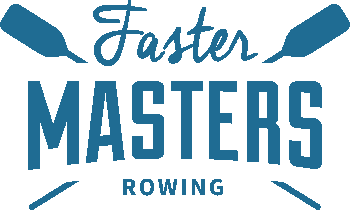|
Hello again Reader Across the world there are events at different times of year. When Marlene and I started this business we researched the major events for masters rowers in English-speaking countries. We designed the training programmes to cater for the majority using our standard training plans. Sometimes, these don’t exactly align with races you want to do. We got this question from Michael Do you by any chance have a training program for a single sculler taking part in a 16km head race?
If you know Perth, Western Australia, the race is held on the Swan River and starts from the jetty adjacent the old Swan Brewery (just downstream of the Narrows Bridge) and finishes at the Fremantle Rowing Club. As you may imagine, there are a number of obstacles along the way, such as spit posts, mooring buoys, and buoys which mark turning points for yacht races. It’s open to single sculls and eights and gets its length via a swoop into the bay to a turning point close to the Claremont Jetty. Interestingly, we’ve also got customers who buy our programmes and use them when coaching juniors who are racing 2k. The same principles apply for programme adjustments. Rebecca Our most recent podcastRowing requires compromises: It’s not always the athletes who need to be flexible – weather, sickness, regatta changes can all affect your training. Advice on what to do so you plan ahead, have choices and don’t get put off when a change is needed. Click the image to watch. Boathouse Chat for the WeekendCan you remember the day you first entered your first rowing club…the one you learned to row with? If you moved to the dark side of the sport (coastal rowing) what year did you do that? And finally why do you still row? Join the group and take part in the discussion. How to adapt the FM programI do know about Michael’s Perth long distance race – interestingly we had another athlete do it a while ago. And yes, we have got a programme which you can base your training on for long distance races like the Seventy48. Buy the Individual programme. When you log in, choose the 2-5k March peak workouts in the TRN [training programme] module. AdaptationsTo adapt this for a 16 km race in July 2024 for the Perth to Fremantle event, you need to do two things
When you buy our programme, I will give much more detailed instructions about these two points. The 2-5km March peak programme runs until March 2024 (as it says in the title) but you need to start training now and continue through to July. So obviously the months don’t line up. I have a solution for this. I recommend is that you buy the Individual programme starting in January 2024. When you buy a Faster Masters Rowing programme you always get the current month and the previous month’s programme simultaneously. Even if you buy it on 31st of the month. Download the December 2023 and January 2024 workouts. On 1st February you’ll get a new programme (December disappears then) and in March another one publishes. Use the December and January programmes alternating for Feb 2024, March 2024, April, and May 2024 and then in June and July move onto the Feb 2024 and March 2024 programmes (which build you up to your race peak). Sorted! Using Force CurvesThis is an article taken from our Masters Rowing Magazine monthly subscription. It’s truncated. Buy the subscription to see the video and complete the drill.
Modern rowing machines include force curves as part of the visual display output. The benefits are that they help you understand how you apply force to the handle and show you in real time how the flywheel is accelerating through each stroke. This lesson includes a video where Rebecca demonstrates force curves while rowing and discusses some of the aspects you need to know. The rowing machine software is tracking tiny magnets embedded into the edge of the fly wheel. Each time one magnet passes a sensor it creates an electrical pulse. The software counts the pulses over time and then uses these to produce an image in the form of a graph. The more force you apply, faster the flywheel spins and the more times the magnets pass the sensor and the higher the curve line goes up the screen. What shape of curve should I get?There are many different ways to row a boat and many different body sequences that will produce an identical force curve. In general, for small boats (1x, 2x/2-) you want a roughly symmetrical curve – a bell curve shape. For large boats (4x/4- or 8) you want the power more front-end loaded so the upwards line at the start of the stroke is steeper and the peak comes before half way through the stroke. Which body actions comprise the curve?Your rowing stroke is made up of force from your legs, your back and your arms. In the video Rebecca demonstrates rowing with legs only (you see the early part of the force curve); she then adds in her back to row legs and back swing and the curve lengthens to around 80-85% of the total stroke length. Try doing this drill yourself…… read more. Up your racing startsWork at your own pace through 6 videos and 3 on-water practices. And like all Faster Masters Rowing webinars, these are stored in your personal rowing library for you to re-watch later. 6 Videos
PLUS bonus content
Masters rowing photosClick the image to see more masters rowing photos. Whenever you are ready….Here are ways Faster Masters Rowing can help you:
Need a rowing advisor “in your pocket”? Book your free 20 minute discovery call. Copyright © 2023 Faster Masters Rowing, All rights reserved. |


